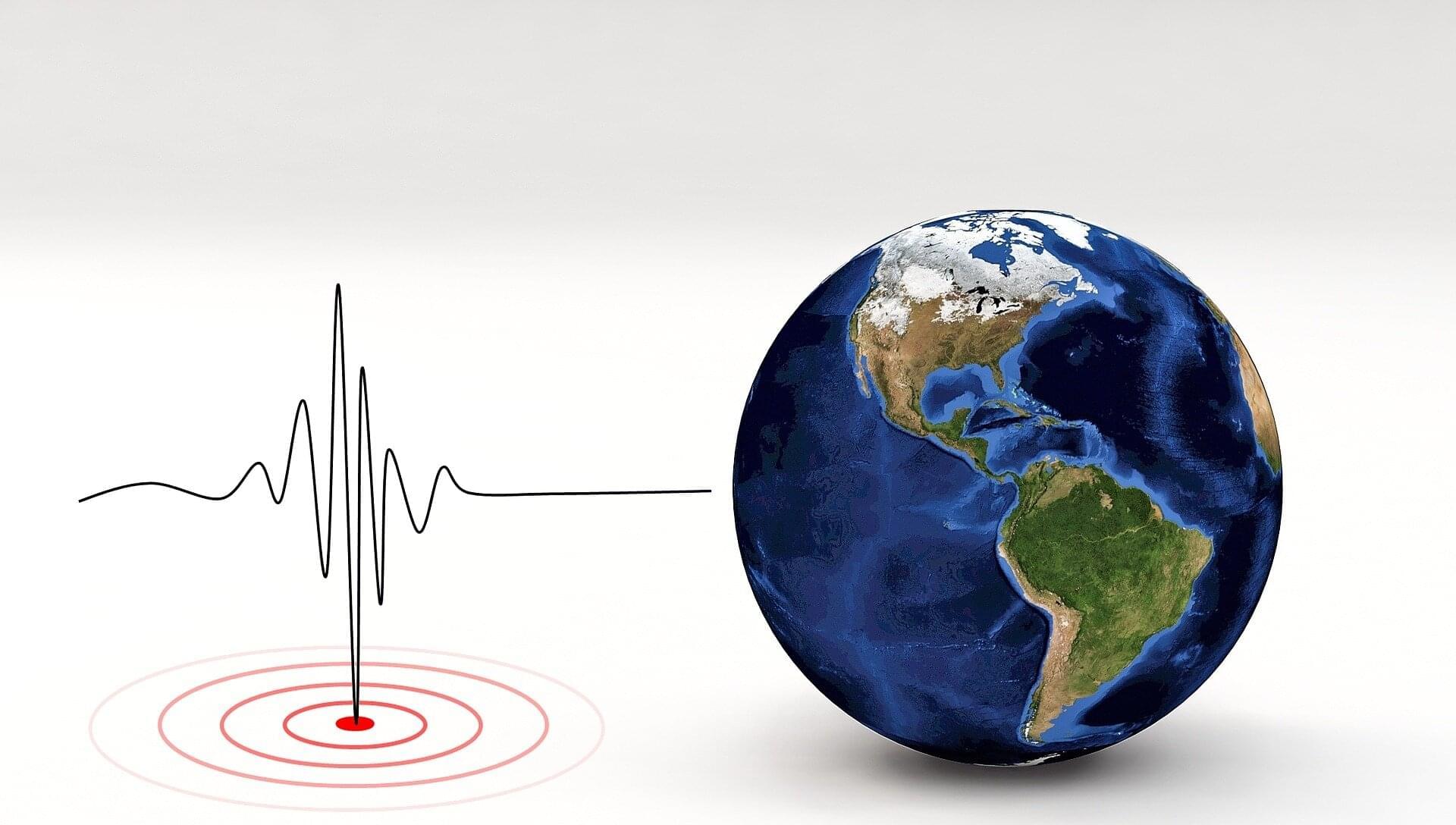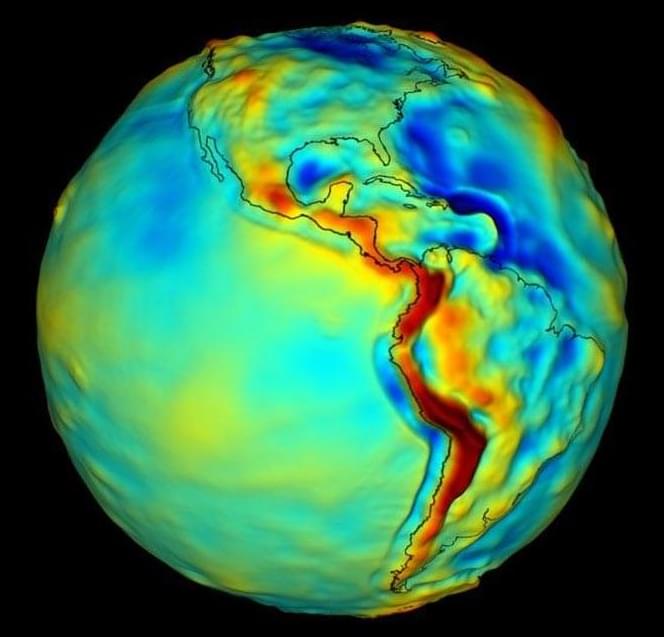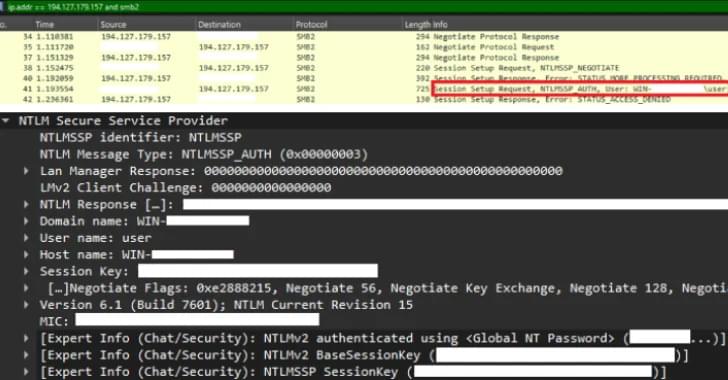At the Seismological Society of America’s Annual Meeting, researchers posed a seemingly simple question: how wide are faults?
Using data compiled from single earthquakes across the world, Christie Rowe of the Nevada Seismological Laboratory at the University of Nevada, Reno and Alex Hatem of the U.S. Geological Survey sought a more comprehensive answer, one that considers both surface and deep traces of seismic rupture and creep.
By compiling observations of recent earthquakes, Rowe and Hatem conclude that from Turkey to California, it’s not just a single strand of a fault but quite often a branching network of fault strands involved in an earthquake, making the fault zone hundreds of meters wide.









